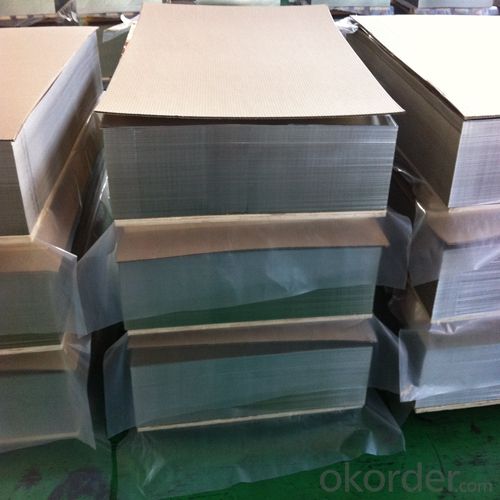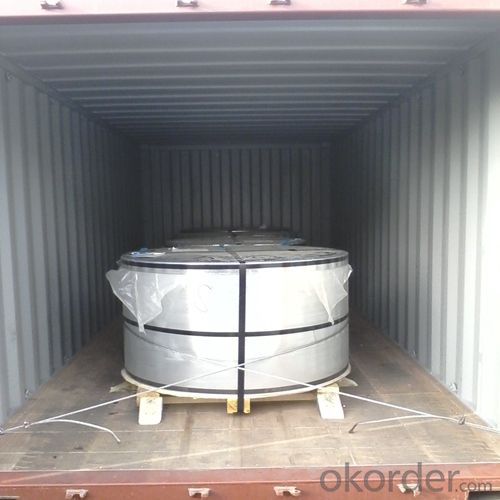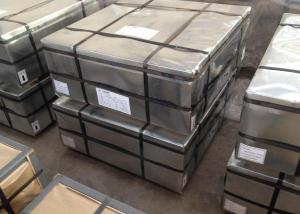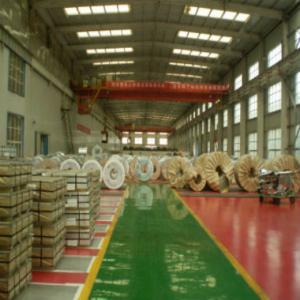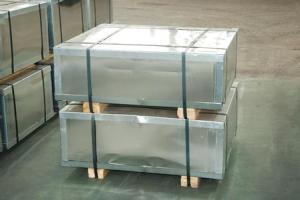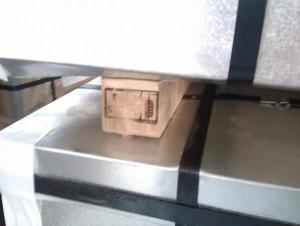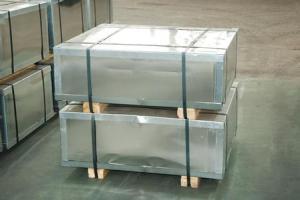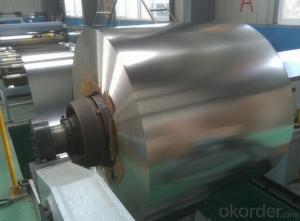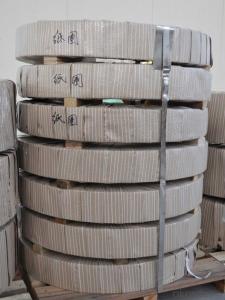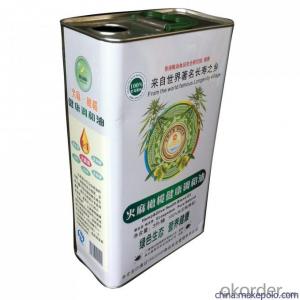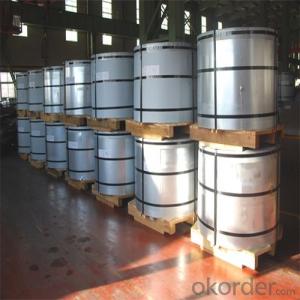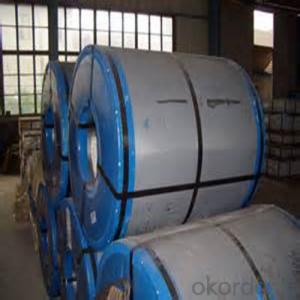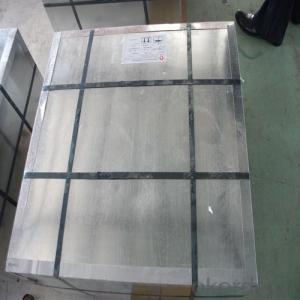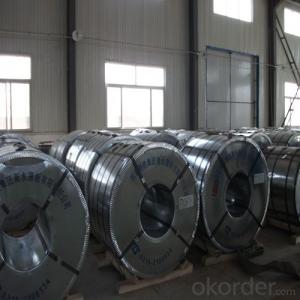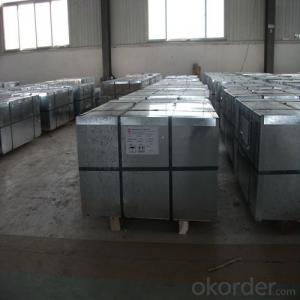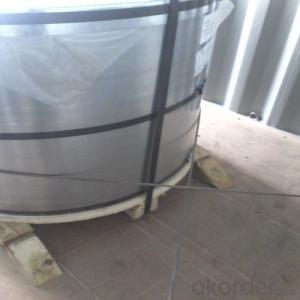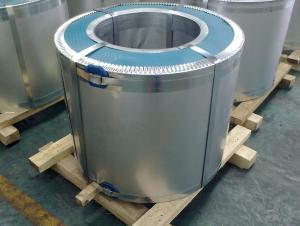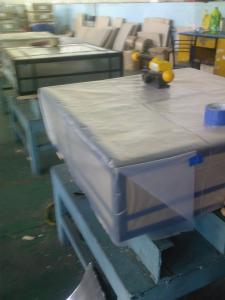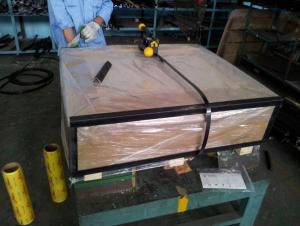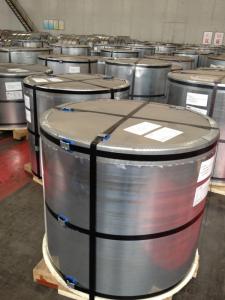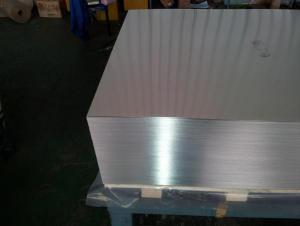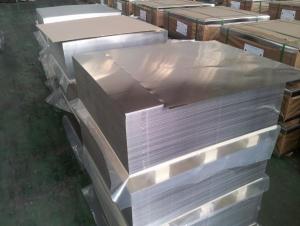Electrolytic Tinplate Coils of High Quality for Metal Container 0.198mm
- Loading Port:
- Shanghai
- Payment Terms:
- TT OR LC
- Min Order Qty:
- 50 m.t.
- Supply Capability:
- 15000 m.t./month
OKorder Service Pledge
OKorder Financial Service
You Might Also Like
1.Structure of Electrolytic Tinplate Coils of High Quality for Metal Container 0.198mm Description
Tinplate is widely used for making all types of containers such as food cans, beverage cans, and artistic cans, tea cans, painting cans, chemical package cans and dry food package cans, metal printing etc. Its applications are not limited to containers; recently, tinplate has also been used for making electrical machinery parts and many other products.
2.Main Features of the Electrolytic Tinplate Coils of High Quality for Metal Container 0.198mm
Electrolytic Tinplate undoubtedly enjoys the pride of place as a packaging medium especially for food. It owes its unique position to its "nine layer sandwich structure", each of which contributes to its eminence as a packing material. The steel base of electrolytic tinplate provides the necessary strength and formability for can fabrication. The tin-iron alloy layer provides the bond between the steel and free tin layer. The free tin layer is not only responsible for the attractive bright finish and ease of solderability but is also non-toxic- a factor of vital importance in food packaging!
3.Electrolytic Tinplate Coils of High Quality for Metal Container 0.198mm Images
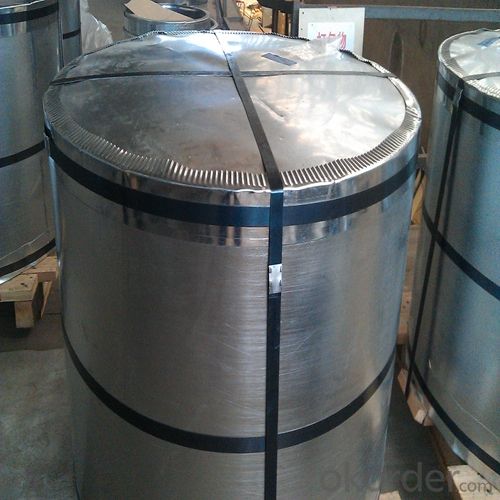
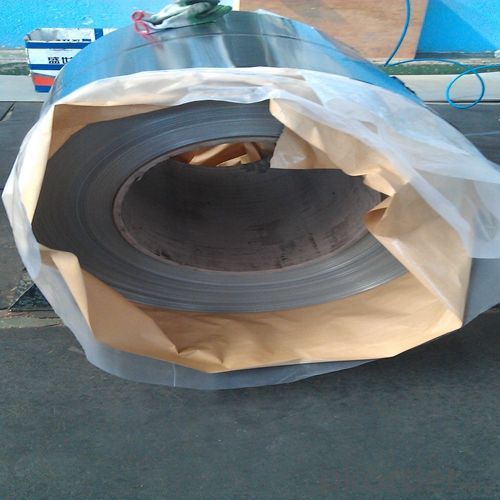
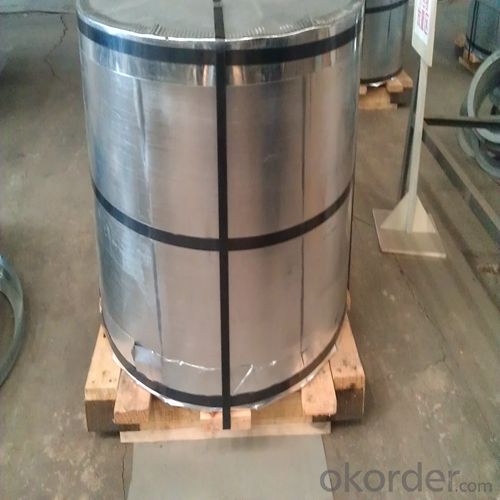
4.Electrolytic Tinplate Coils of High Quality for Metal Container 0.198mm Specification
Standard:BS EN 10202
Material: SPCC
Thickness:0.198mm
Width:736mm
Temper: T2
Annealing: BA
Coil Inner Diameter: 508mm
Weight: 6-10 tons/coil
Passivation:311
Oil: DOS
Surface: silver
5.FAQ of Electrolytic Tinplate Coils of High Quality for Metal Container 0.198mm
- What is your producation capacity per month?
We can produce about 25,000tons
- What is tinning and how does it work?
Tinning is the process of thinly coating sheets of wrought iron or steel with tin, and the resulting product is known as tinplate. It is most often used to prevent rust.
- Do you only have prime quality tinplate?
We can supply both prime and second quality tinplate.
- Q: What are the different ways to open tinplate cans?
- There are several ways to open tinplate cans, including using a can opener, a knife, a spoon, or even your hands if the can has a pull tab.
- Q: What are the advantages of using tinplate for pharmaceutical packaging?
- There are several advantages of using tinplate for pharmaceutical packaging. Firstly, tinplate is highly resistant to corrosion, ensuring the integrity and safety of the pharmaceutical products. Secondly, tinplate provides excellent barrier properties, protecting the contents from moisture, light, and oxygen, which can degrade the quality and efficacy of medications. Additionally, tinplate is sturdy and durable, providing adequate protection during transportation and storage. Finally, tinplate is easily recyclable, making it an environmentally friendly choice for pharmaceutical packaging.
- Q: How does tinplate packaging contribute to product stability during transportation?
- Tinplate packaging contributes to product stability during transportation by providing a strong and durable container that protects the product from external factors such as impact, vibration, and temperature fluctuations. The rigid structure of tinplate packaging helps to prevent any physical damage to the product, ensuring its integrity and quality during transit. Additionally, the airtight and moisture-resistant properties of tinplate packaging help to preserve the freshness and shelf life of perishable goods, minimizing the risk of spoilage or contamination.
- Q: Tinned iron and iron matte tin in difference
- Tin tin in tin and iron is ordinary, the price is cheaper than the frosted iron, no sand surface, at the grassroots level printed on a white layer after printing all kinds of exquisite patterns, but also can do all kinds of gold silver transparent iron printing, in the light can return the light, give a person a kind of dazzling feeling also, high-grade, affordable prices, so the tinned iron printing packing made by wide customers.
- Q: What are the advantages of using tinplate for packaging?
- Tinplate offers several advantages for packaging. Firstly, it provides excellent protection against moisture, air, and light, which helps in preserving the quality and freshness of the packaged product. Secondly, tinplate is highly durable and can withstand rough handling during transportation and storage. It also offers resistance against corrosion, ensuring the longevity of the packaging. Additionally, tinplate is easily recyclable, making it an environmentally friendly choice. Lastly, tinplate can be shaped into various sizes and designs, allowing for attractive and customized packaging options.
- Q: How to prevent the corrosion of tinplate wall hydrogen sulfide blackening, expansion
- Oil pipelines and oil storage containers buried in the ground are exposed to the water, salt, alkali and acid substances directly in the soil, and they should be coated with antirust paint on the outside surface, and then sprayed with asphalt protection layer.
- Q: How does tinplate contribute to the protection of pharmaceutical products?
- Tinplate contributes to the protection of pharmaceutical products by providing a reliable and durable packaging material. It offers a protective barrier against moisture, light, and oxygen, helping to preserve the quality and efficacy of pharmaceutical products. Tinplate also ensures the integrity of the packaging, preventing contamination and tampering, thereby ensuring the safety of the products.
- Q: What are the typical production volumes for tinplate?
- The typical production volumes for tinplate vary depending on the demand and market conditions, but generally speaking, millions of tons of tinplate are produced annually worldwide.
- Q: What are the different ways to stack tinplate cans?
- There are several different ways to stack tinplate cans, including the straight stack, pyramid stack, interlocking stack, and the crisscross stack. Each method offers its own advantages and considerations in terms of stability, space efficiency, and ease of access.
- Q: How does tinplate affect the overall branding of products?
- Tinplate can significantly impact the overall branding of products as it offers various advantages. Its sleek and glossy appearance adds a premium and sophisticated touch to the packaging, enhancing the perceived value of the product. Additionally, tinplate provides excellent protection against moisture, light, and oxygen, ensuring the quality and freshness of the contents. This durability and protective feature associated with tinplate packaging help to build trust and credibility among consumers, reinforcing the brand image. Furthermore, tinplate's versatility allows for unique and eye-catching designs, facilitating differentiation and attracting consumers' attention on store shelves. Overall, tinplate plays a crucial role in elevating the branding of products, creating a memorable and positive consumer experience.
Send your message to us
Electrolytic Tinplate Coils of High Quality for Metal Container 0.198mm
- Loading Port:
- Shanghai
- Payment Terms:
- TT OR LC
- Min Order Qty:
- 50 m.t.
- Supply Capability:
- 15000 m.t./month
OKorder Service Pledge
OKorder Financial Service
Similar products
Hot products
Hot Searches
Related keywords




